-
 Korea.net's 24-hour YouTube channel
Korea.net's 24-hour YouTube channel- NEWS FOCUS
- ABOUT KOREA
- EVENTS
- RESOURCES
- GOVERNMENT
- ABOUT US
For the first time, the Gyeongju National Museum recently unveiled one upper piece of a mudguard made of birch bark and an upper piece of another mudguards made of bamboo. The bamboo mudguard, in particular, was confirmed to have a picture of a cheonma, a heavenly horse, on its surface, according to the museum.
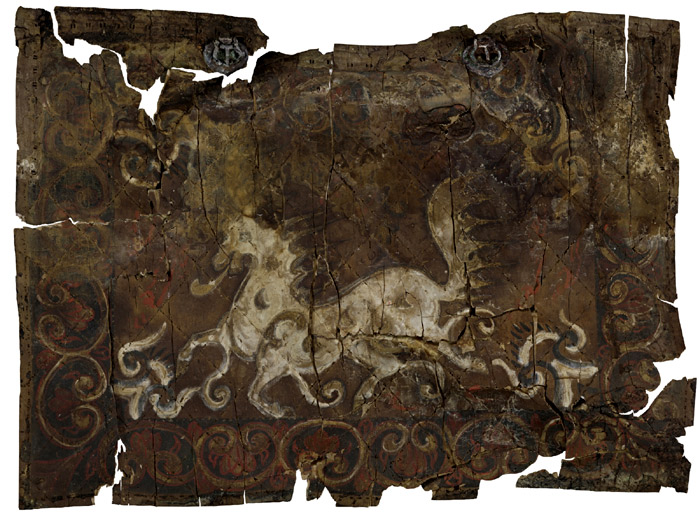
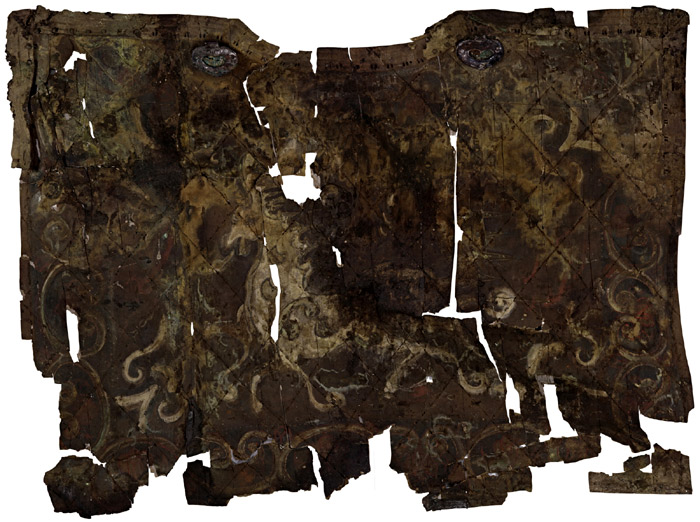
(Top) The birch bark lower section of a mudguard with a heavenly horse painted on its side is National Treasure No. 207. (Bottom) The upper birch bark section of a mudguard has a heavenly horse painted on its side. It is 73.4 centimeters wide by 54.7 centimeters tall. (photos courtesy of the Gyeongju National Museum)
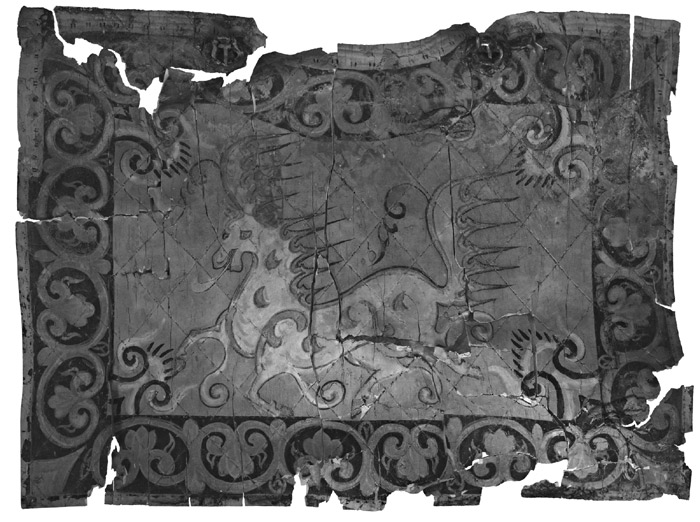
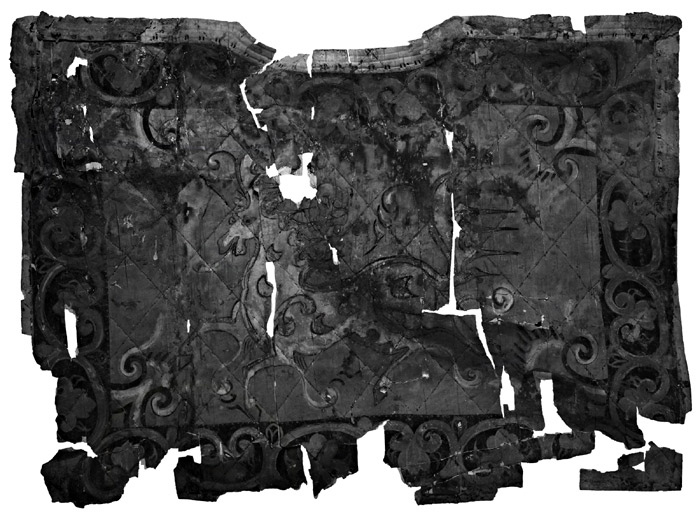
(Top) An infrared photo shows the lower birch bark piece of a mudguard that has a heavenly horse painted on the side. It’s National Treasure No. 207. (Bottom) An infrared photo of the upper birch bark section of a mudguard with a heavenly horse photon its side. (photos courtesy of the Gyeongju National Museum)
The museum produced measured drawings of the mudguard in order to find the original shapes of the horse drawings. It compared 3D scanned images, infrared images and x-ray photos of each of the saddle pieces in order to find out what the actual drawings looked like.
Also at the museum are pieces of the bamboo mudguard. The museum found that the horse drawing on the bamboo saddle piece was decorated with gilt bronze metal plate, and was not based on a painting. This mudguard was attached with 10 gilt bronze metal plates decorated with a pierced pattern onto a background plate made with thin bamboo sticks and pure linen. The gilt bronze pattern was found using the museum’s 3D scanners and infrared imaging, a first for the museum. The body of the horse was filled with scales, diamond shapes and dots. Its eyes, ears, mane and tail all look similar to the existing horses on the birch bark mudguards, the museum added.
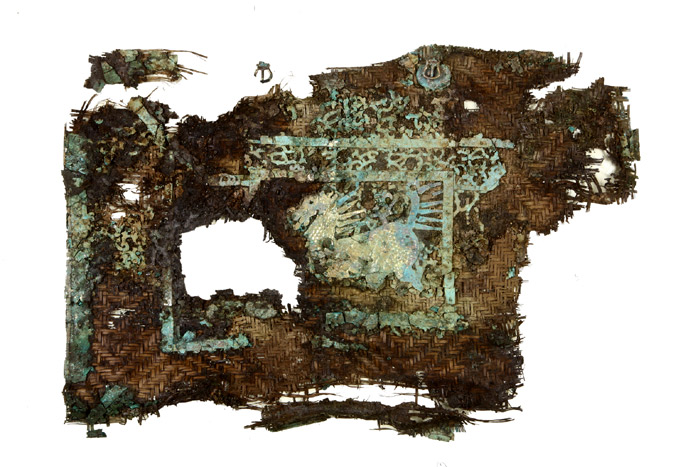
A bamboo mudguard with a heavenly horse made of gilt-bronze is 81 centimeters wide by 56 centimeters tall. (photo courtesy of the Gyeongju National Museum)
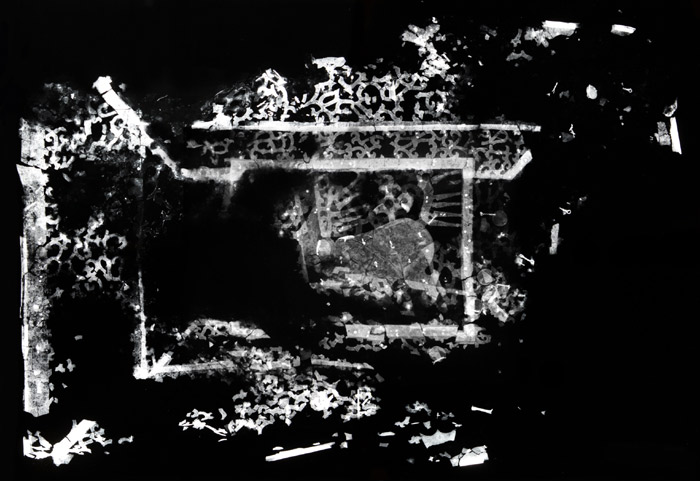
An x-ray photo of the bamboo mudguard shows the heavenly horse made of gilt-bronze. (photo courtesy of the Gyeongju National Museum)
The three cheonma drawings on the mudguard can be seen in the museum’s special exhibition room, “Cheonmachong, the Royal Tomb of Silla.”
The exhibition will be held three times, separately, from March 18 to April 6, from April 29 to May 18 and from June 2 to 22.
By Yoon Sojung
Korea.net Staff Writer
arete@korea.kr
Most popular
- China warmly welcomes first Korea-born giant panda Fu Bao
- First hearing-impaired K-pop act hopes for 'barrier-free world'
- Novelist Hwang's 'Mater 2-10' shortlisted for Int'l Booker Prize
- Expats could account for 7% of population in 20 years: report
- Nat'l Fire Agency picks 137 elite staff for deployment abroad













